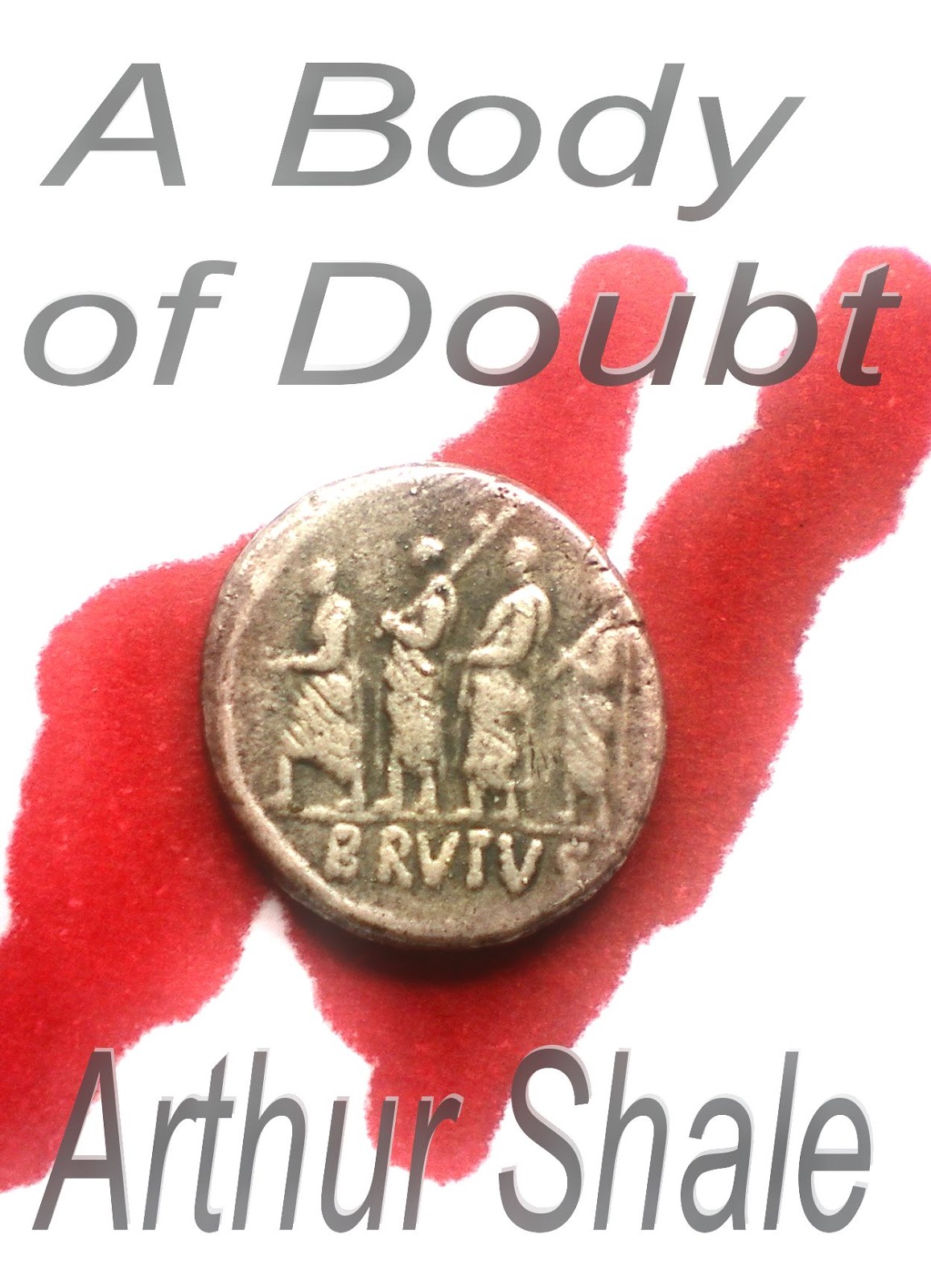 |
| A loaded three-span Scorpion |
The one thing that made the Roman Army stand out from its 1st-century BC peers was artillery. Here was the first massed use of torsion weapons so advanced that their range and accuracy would not be matched by blackpowder cannons until the 18th-century, and with firing rates American Civil War Generals could have only dreamt of. Think about it, in 52BC Julius Caesar's ten legions mustered 100 ballistae, each capable of delivering a 15lb stone or lead projectile 500-yards every 30 seconds - that's a thousand aimed stones slicing through walls or battlelines every five minutes. Then there were the 600 three-span scorpions - each firing a three-foot long dart every 20 seconds. Any charging horse or man at 600-yards was easy pickings, with these light, pivoted point-and-shoot weapons.
You would imagine those barbarian hoards from Gaul were up against it from the start, right? After all, Caesar doesn't make mention of these brigands having anything more than a nasty attitude. But there are a few hints he leaves us that suggests the modern Gauls weren't as backward as he'd like his readers to believe. For one, he describes the walls of the fortified Gallic cities in some detail, suggesting they had been designed specifically to repel siege weapons. The trouble is these cities had been standing for at least a century before the first Roman military incursion in 58BC...so it wasn't Roman siege weapons they were built for. Nope, the only threat to one Gallic walled city was from another. And in two other passages he describes missiles being thrown into his fortified camps - what kind of missiles, he doesn't say, but the fact that both times the event caused great consternation among his men suggests it was more than a local tribesman lobbing pebbles.
This is further borne out with the great siege works thrown up around Gergovia and Alesia by the Romans. Caesar completed ditches six hundred yards from his own fortifications in both cases. Perhaps it was just to slow the Gallic advance, but I suspect it was more than that. These ditches were at the outer limits of scorpion range...but you have to wonder, whose scorpions? Certainly, a deep ditch would make it difficult to wheel heavy artillery pieces into range of the Roman walls.
 |
| A Scorpion and Onager side by side...they don't share much in common do they. |
The thing is the Gauls didn't live in a vacuum. They didn't want to die pointlessly. And many had seen action as cavalrymen and tribal auxiliaries in Caesar's army before 52BC. They knew what Roman artillery could do...and here's where I'll go out on limb...I think they already knew what their own artillery could do. They were using siege weapons long before Caesar showed up, and if they hadn't copied the Greek weapons the Romans used, they may have designed their own. We even have good evidence of this - because there is one missile throwing machine that entered the Roman armoury after the Gallic Wars which bears no resemblance to anything the Romans had used before. It is the stone throwing Onager (meaning Wild Ass). Less accurate and built for throwing stones time and time again at the same place like later Medieval weapons...if there is any candidate for a pre-Roman siege weapon in Gaul, this is it. So in the end, the Gauls may have had their own shock and awe after all, and Caesar made sure no one ever heard about it - man he was good.




No comments:
Post a Comment